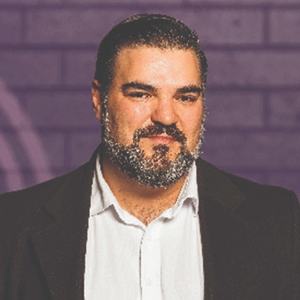THANK YOU FOR SUBSCRIBING
Editor's Pick (1 - 4 of 8)

Bruce Callow, CTO, Griffith University
Many institutions have released a Digital Strategy and have commenced to execute these
Weekly Brief
I agree We use cookies on this website to enhance your user experience. By clicking any link on this page you are giving your consent for us to set cookies. More info
Read Also














